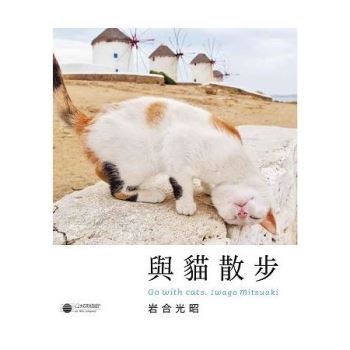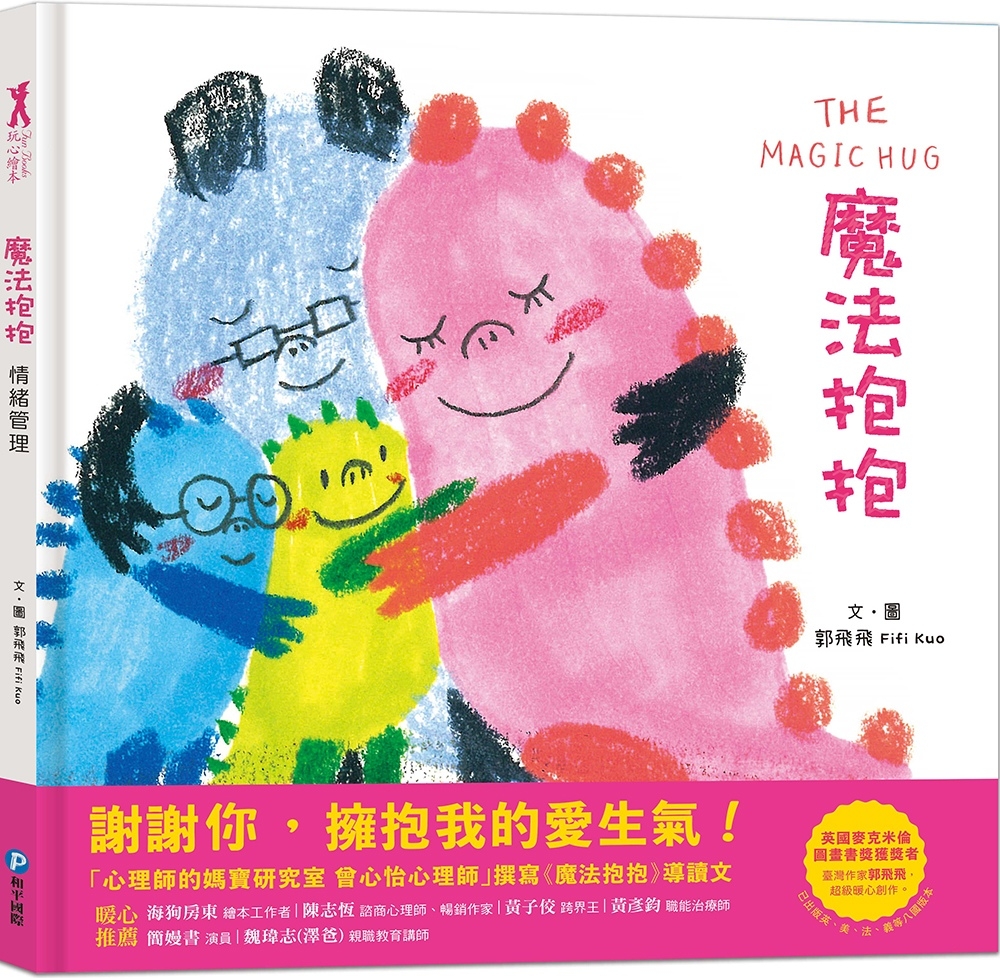Born in New Jersey in 1982 and raised in the mountains of Colorado, Willow Wilson always felt like part of her remained undiscovered. It wasn’t until she began taking Islamic studies courses at Boston University and stumbled across the following passage of the Quran that she finally felt as though the blindfold had been lifted:
And between the two there shall be a veil, and on the Elevated Places shall stand men who know all things by their signs, and they shall call out to the dwellers of the Garden: Peace be upon you! They shall not have entered it yet, though they hope.
Charged and inspired by those words, Willow learns as much as she can about Islam and soon decides to convert. She later accepts an offer from her college friend, Ben, to teach history at an Egyptian Language High School, a local secondary school that follows an American curriculum. Willow sees the position as an opportunity to fully immerse herself in the culture of a religion she very quietly adopts, but is wholly unprepared for what else it offers to her. Unbeknown to Willow, Ben asks a friend, Omara passionate young man with a degree in astrophysics and a mild native resentment of the vestigial western influences in his homelandto check in on her once she arrives in Cairo. Much to their collective surprise, the two instantly connect and romance slowly begins to blossom between them, despite the cultural differences that will be an incessant, everlasting threat to their union.
Willow desperately fights to reconcile her two powerfully dichotomous sides: she remains liberal and socially outspoken, self-protective; she adopts the veil, learns Arabic, worships. She struggles to forge an existence that might accommodate without compromising the friends and family on both sides of the religious/cultural divide; and to reconcile the highly secular society in which she was raised with the conservative Islamic one in which she chooses to live.
While culture fights to tear them apart, Willow and Omar’s bond remains steadfast with the help of their families, who unquestioningly support their relationship. The pair finally gets married, signing the papers that legally and religiously bind them, but they are not permitted to live together until after the official marriage ceremony, which is a year away. While they attempt to honor Islamic tradition, in the end they wind up taking a small apartment together before the reception. Slowly, Willow begins Arabic lessons with a tutor, she adjusts her behavior to Islamic custom (and quite easily), she learns the rules of the mosques and markets, the ways of the government. Though she’ll never fit in with her fair, freckled skin and her shock of red hair, Willow does start to gain acceptance and trust. She begins to move about the world as a Muslim woman. Though she gives herself over to her new culture, Willow never loses her tenacious grasp on the Western part of herself. Indeed, the only way she can continue to function in the world is as an amalgam of the two. She is East and Westa part of a third, self-made culture.
Always intrigued by journalism, Willow begins turning to reportage as a way to both reflect and inform. At just twenty-one, she is granted an interview with Sheikh Ali Gomaa, the highest religious authority in Egypt and one of the most influential clerics in the Muslim world. She was the first western writer to be granted such an honor. She begins writing for Cairo Magazine until it shuts down in 2005, becoming their go-to girl for the most important, explosive issues in the city. Her essays on modern religion and the Middle East make their way onto the pages of The New York Times Magazine and The Atlantic Monthly, and her avid support of new and alternative media pushes her to begin a political blogging career with websites like Dean’s World and Eteraz.org, which she helped create with human rights lawyer Ali Eteraz in 2006it is one of the largest English-language web portals of Islamic humanism and reform.
She also begins work on a graphic novela great passion of hersthat she titles, Cairo, and which sells to Vertigo, an imprint of DC Comics. The success and interest in the book brings Willow back to the United States. Though Omar retains his reservations about Western culture, he agrees to travel with her, dividing home between Cairo and Colorado, and choosing once again to rely on faith to see them through.
Travelogue, love story, and memoir, The Butterfly Mosque is a brave, inspiring story of faithin God, in each other, in ourselves; in the ability of relationships to transcend cultural barriers and exist above the evils that threaten to keep us apart.
And between the two there shall be a veil, and on the Elevated Places shall stand men who know all things by their signs, and they shall call out to the dwellers of the Garden: Peace be upon you! They shall not have entered it yet, though they hope.
Charged and inspired by those words, Willow learns as much as she can about Islam and soon decides to convert. She later accepts an offer from her college friend, Ben, to teach history at an Egyptian Language High School, a local secondary school that follows an American curriculum. Willow sees the position as an opportunity to fully immerse herself in the culture of a religion she very quietly adopts, but is wholly unprepared for what else it offers to her. Unbeknown to Willow, Ben asks a friend, Omara passionate young man with a degree in astrophysics and a mild native resentment of the vestigial western influences in his homelandto check in on her once she arrives in Cairo. Much to their collective surprise, the two instantly connect and romance slowly begins to blossom between them, despite the cultural differences that will be an incessant, everlasting threat to their union.
Willow desperately fights to reconcile her two powerfully dichotomous sides: she remains liberal and socially outspoken, self-protective; she adopts the veil, learns Arabic, worships. She struggles to forge an existence that might accommodate without compromising the friends and family on both sides of the religious/cultural divide; and to reconcile the highly secular society in which she was raised with the conservative Islamic one in which she chooses to live.
While culture fights to tear them apart, Willow and Omar’s bond remains steadfast with the help of their families, who unquestioningly support their relationship. The pair finally gets married, signing the papers that legally and religiously bind them, but they are not permitted to live together until after the official marriage ceremony, which is a year away. While they attempt to honor Islamic tradition, in the end they wind up taking a small apartment together before the reception. Slowly, Willow begins Arabic lessons with a tutor, she adjusts her behavior to Islamic custom (and quite easily), she learns the rules of the mosques and markets, the ways of the government. Though she’ll never fit in with her fair, freckled skin and her shock of red hair, Willow does start to gain acceptance and trust. She begins to move about the world as a Muslim woman. Though she gives herself over to her new culture, Willow never loses her tenacious grasp on the Western part of herself. Indeed, the only way she can continue to function in the world is as an amalgam of the two. She is East and Westa part of a third, self-made culture.
Always intrigued by journalism, Willow begins turning to reportage as a way to both reflect and inform. At just twenty-one, she is granted an interview with Sheikh Ali Gomaa, the highest religious authority in Egypt and one of the most influential clerics in the Muslim world. She was the first western writer to be granted such an honor. She begins writing for Cairo Magazine until it shuts down in 2005, becoming their go-to girl for the most important, explosive issues in the city. Her essays on modern religion and the Middle East make their way onto the pages of The New York Times Magazine and The Atlantic Monthly, and her avid support of new and alternative media pushes her to begin a political blogging career with websites like Dean’s World and Eteraz.org, which she helped create with human rights lawyer Ali Eteraz in 2006it is one of the largest English-language web portals of Islamic humanism and reform.
She also begins work on a graphic novela great passion of hersthat she titles, Cairo, and which sells to Vertigo, an imprint of DC Comics. The success and interest in the book brings Willow back to the United States. Though Omar retains his reservations about Western culture, he agrees to travel with her, dividing home between Cairo and Colorado, and choosing once again to rely on faith to see them through.
Travelogue, love story, and memoir, The Butterfly Mosque is a brave, inspiring story of faithin God, in each other, in ourselves; in the ability of relationships to transcend cultural barriers and exist above the evils that threaten to keep us apart.












